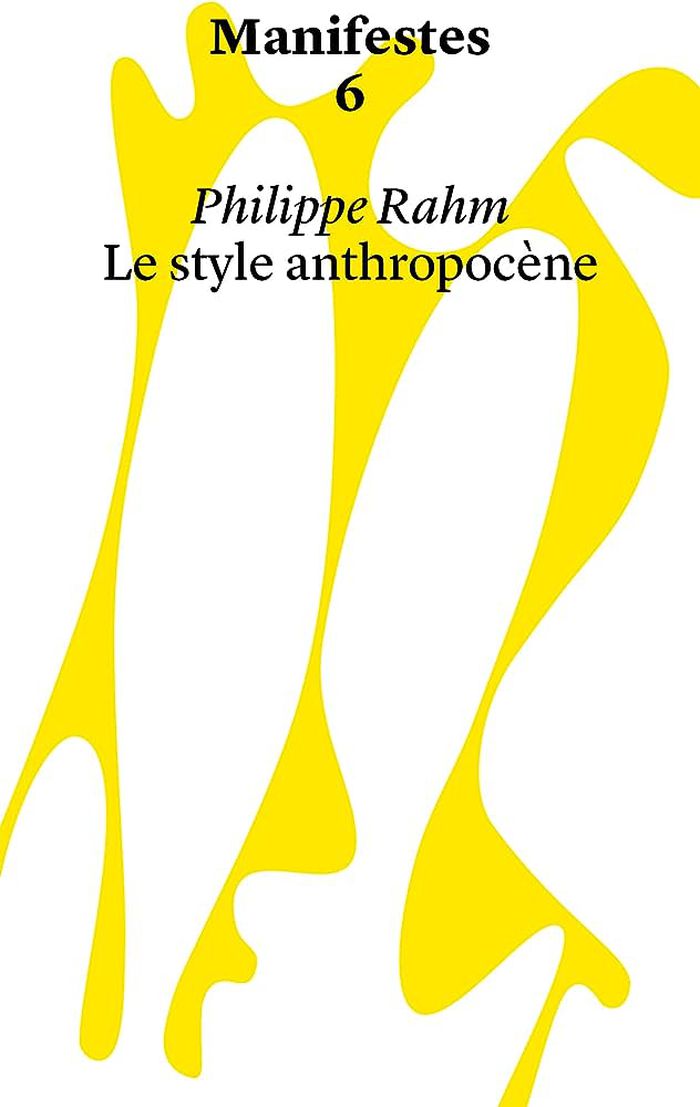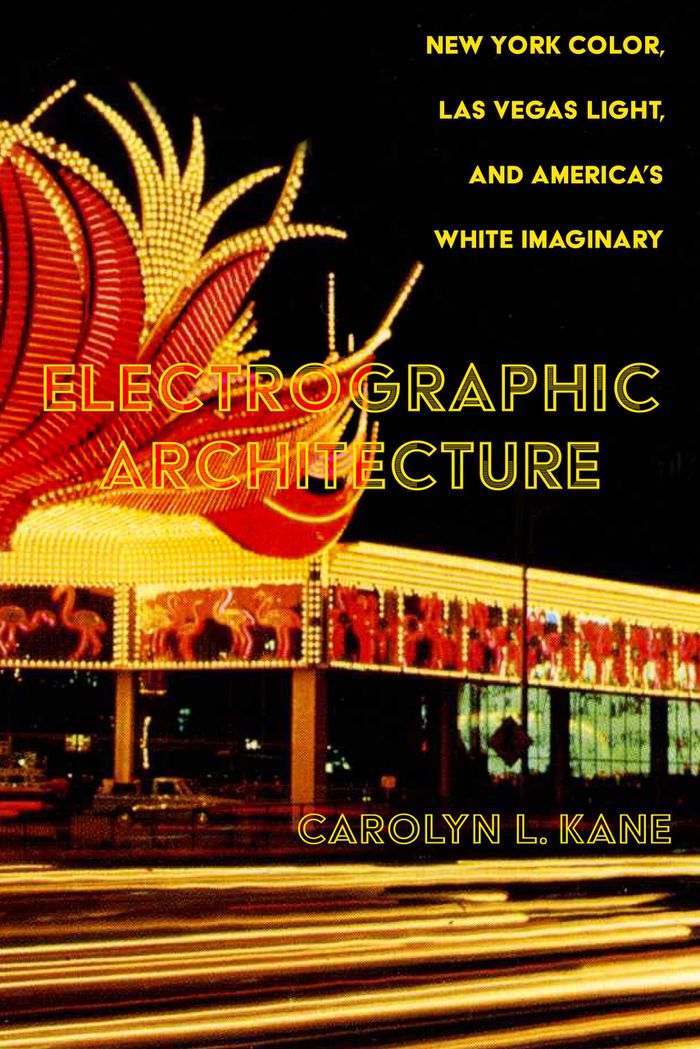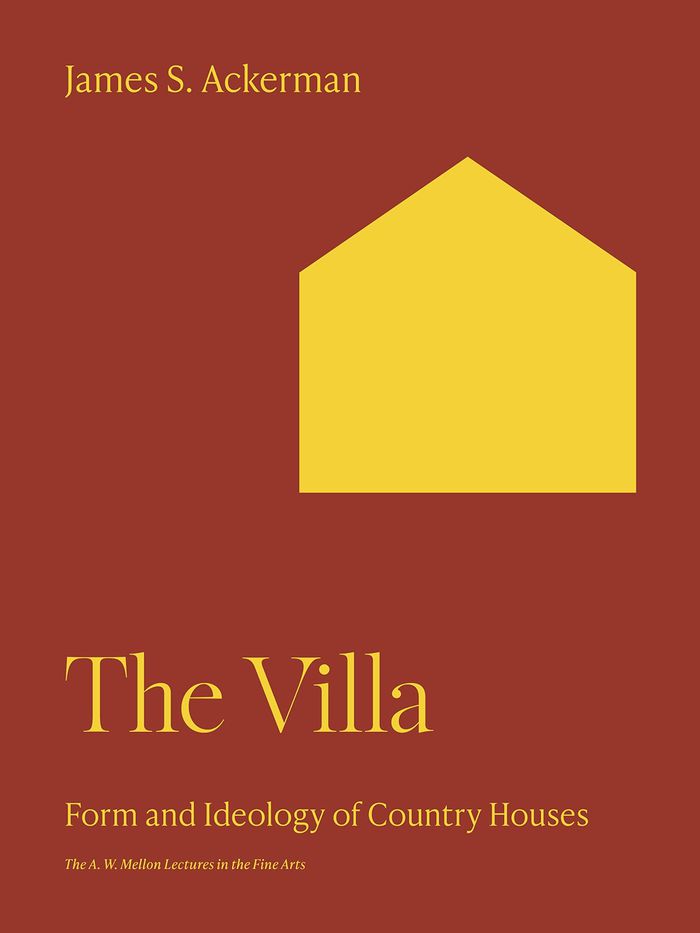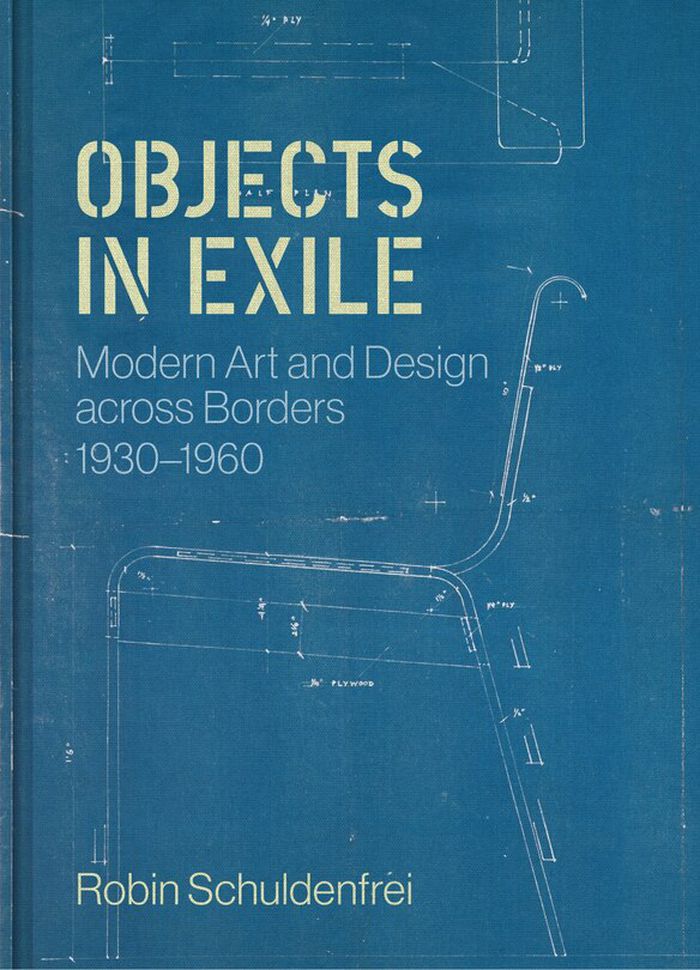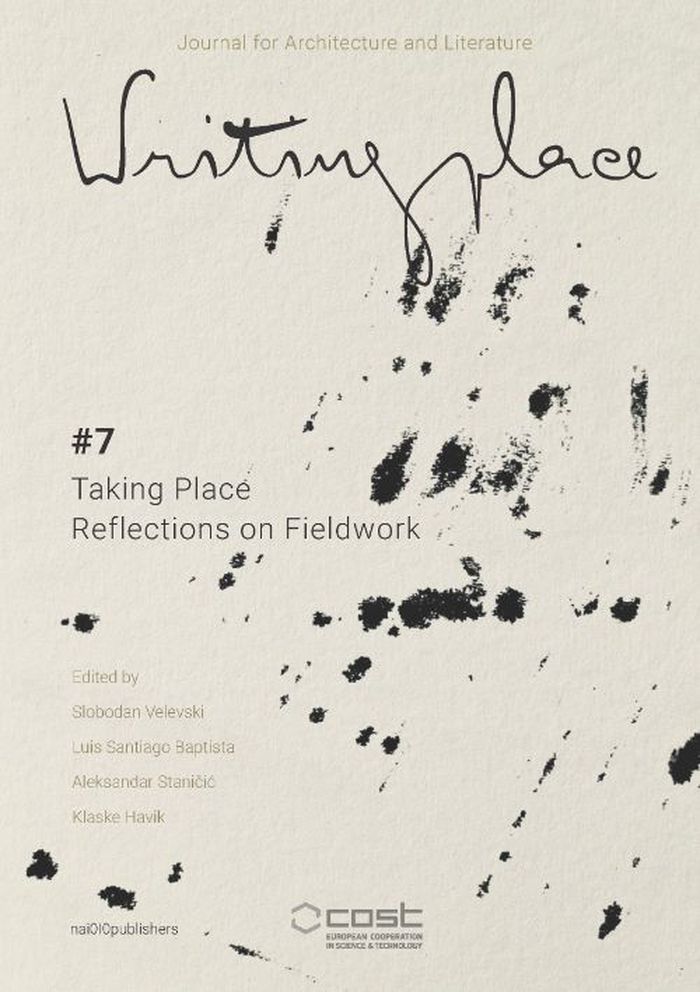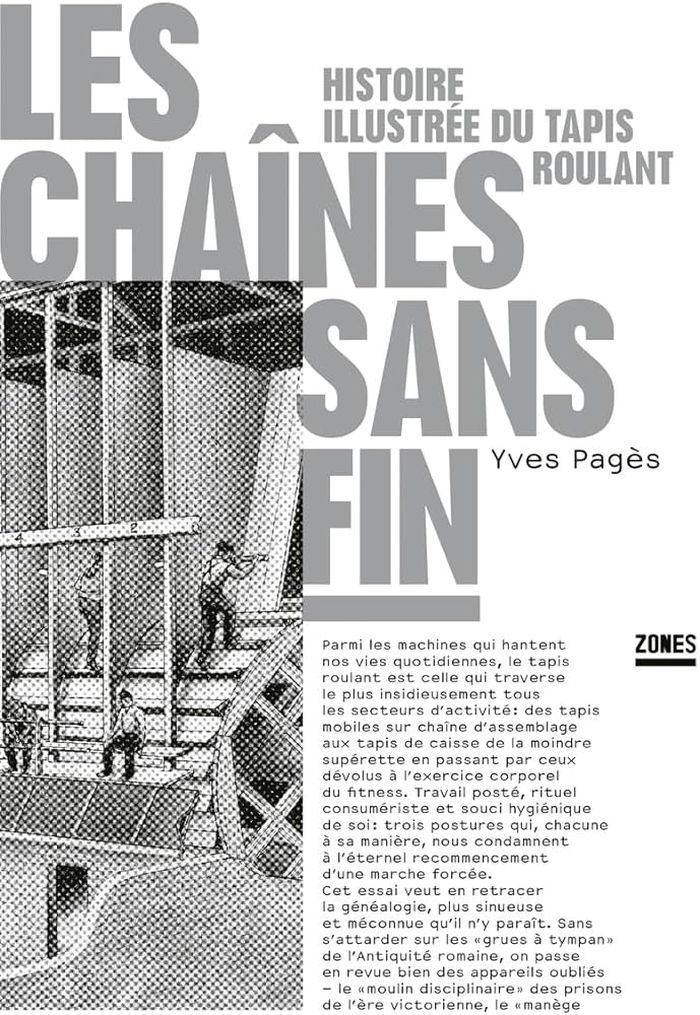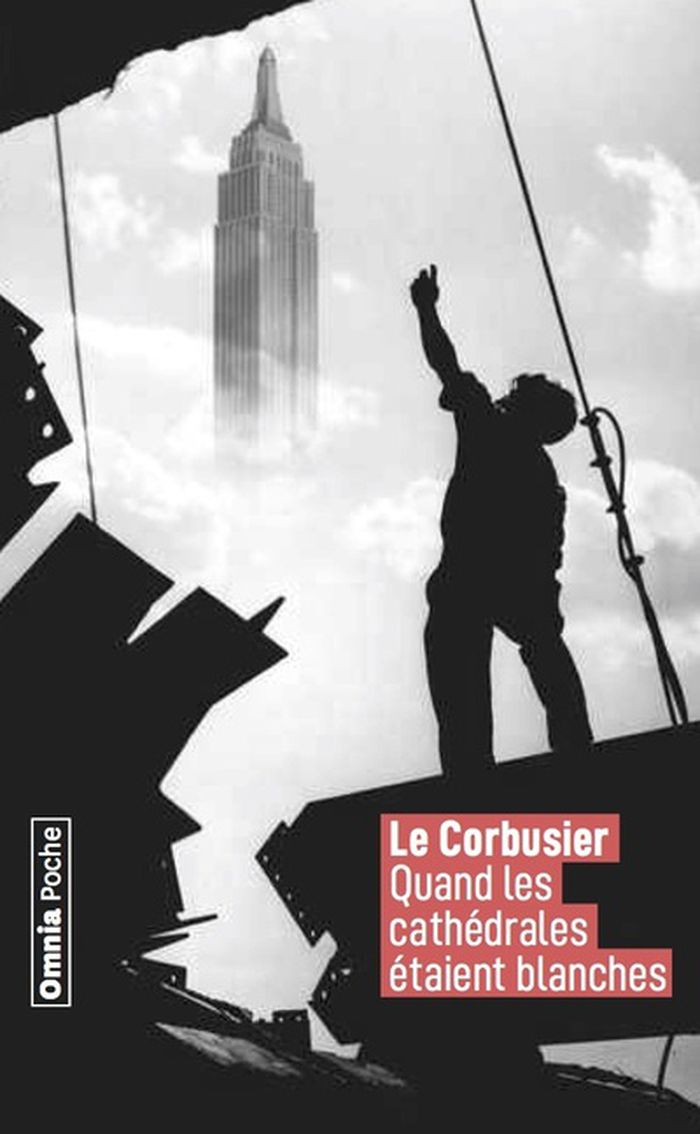$34.99
(available to order)
Summary:
"Horror in architecture" presents an unflinching look at how horror genre tropes manifest in the built environment. Spanning the realms of art, design, literature, and film, this newly revised and expanded edition compiles examples from all areas of popular culture to form a visual anthology of the architectural uncanny. Rooted in the Romantic and Gothic treatment of(...)
Horror in architecture: The reanimated edition
Actions:
Price:
$34.99
(available to order)
Summary:
"Horror in architecture" presents an unflinching look at how horror genre tropes manifest in the built environment. Spanning the realms of art, design, literature, and film, this newly revised and expanded edition compiles examples from all areas of popular culture to form a visual anthology of the architectural uncanny. Rooted in the Romantic and Gothic treatment of horror as a serious aesthetic category, "Horror in architecture" establishes incisive links between contemporary horror media and its parallel traits found in various architectural designs. Through chapters dedicated to distorted and monstrous buildings, abandoned spaces, extremes of scale, and other structural peculiarities, and featuring new essays on insurgent natures, blobs, and architectural puppets, this volume brings together diverse architectural anomalies and shows how their unsettling effects deepen our fascination with the unreal. Intended for both horror fans and students of visual culture, Horror in Architecture turns a unique lens on the relationship between the human body and the artificial landscapes it inhabits. Extensively illustrated with photographs, film stills, and diagrams, this book retrieves horror from the cultural fringes and demonstrates how its attributes permeate the modern condition and the material world.
Architectural Theory
$48.99
(available to order)
Summary:
''The shape of utopia'' documents a pivotal moment in American history when ordinary people ardently believed in the potential to reshape society. Highlighting the inherent political capacity of architecture, Irene Cheng showcases how visionary utopian planners in the mid-nineteenth century used their blueprints as persuasive visual rhetoric that could mobilize others to(...)
The shape of utopia: The architecture of radical reform in nineteenth-century America
Actions:
Price:
$48.99
(available to order)
Summary:
''The shape of utopia'' documents a pivotal moment in American history when ordinary people ardently believed in the potential to reshape society. Highlighting the inherent political capacity of architecture, Irene Cheng showcases how visionary utopian planners in the mid-nineteenth century used their blueprints as persuasive visual rhetoric that could mobilize others to share in their aspirations for a better world.
Architectural Theory
$29.95
(available in store)
Summary:
Ce manifeste, à la croisée de l’architecture, de l’esthétique et de l’ingénierie, appelle à réactiver le sens pratique de la décoration d'intérieur, tel qu’il existait avant le XXe siècle. Les fonctions climatiques des tapis, tapisseries, rideaux, miroirs ou paravents ont été oubliées avec la modernité. Ces objets ont été réduits à leur seule dimension symbolique par(...)
Manifestes 6 : Le style anthropocene
Actions:
Price:
$29.95
(available in store)
Summary:
Ce manifeste, à la croisée de l’architecture, de l’esthétique et de l’ingénierie, appelle à réactiver le sens pratique de la décoration d'intérieur, tel qu’il existait avant le XXe siècle. Les fonctions climatiques des tapis, tapisseries, rideaux, miroirs ou paravents ont été oubliées avec la modernité. Ces objets ont été réduits à leur seule dimension symbolique par l’efficacité des dispositifs énergivores de chauffage ou de climatisation. La nécessité de réduire aujourd’hui les émissions de CO2 et l’énergie consommée, ainsi que la lutte contre les canicules appellent à reprendre en compte la valeur thermique de l’art décoratif du passé, à repenser les modes d’aménagement intérieur, leurs configurations spatiales, formelles et matérielles dans une nouvelle optique de performance climatique : une esthétique décorative propre au XXIe siècle que nous proposons de nommer le « style anthropocène ».
Architectural Theory
$39.95
(available in store)
Summary:
Bridging histories of technology, media studies, and aesthetics, ''Electrographic architecture'' forges a critical narrative of the ways in which illuminated light and color have played key roles in the formation of America's white imaginary. Carolyn L. Kane charts the rise of the country's urban advertisements, light empires, and neoclassical buildings in the early(...)
Electrographic architecture: New York color, Las Vegas light, and America's white imaginary
Actions:
Price:
$39.95
(available in store)
Summary:
Bridging histories of technology, media studies, and aesthetics, ''Electrographic architecture'' forges a critical narrative of the ways in which illuminated light and color have played key roles in the formation of America's white imaginary. Carolyn L. Kane charts the rise of the country's urban advertisements, light empires, and neoclassical buildings in the early twentieth century; the midcentury construction of polychromatic electrographic spectacles; and their eclipse by informatically intense, invisible algorithms at the dawn of the new millennium. Drawing on archival research, interviews, and visual analysis, Electrographic Architecture shows how the development of America's electrographic surround runs parallel to a new paradigm of power, property, and possession.
Architectural Theory
$55.00
(available to order)
Summary:
In ''The Villa'', James Ackerman explores villa building in the West from ancient Rome to twentieth-century France and America. In this wide-ranging book, he illuminates such topics as the early villas of the Medici, the rise of the Palladian villa in England, and the modern villas of Frank Lloyd Wright and Le Corbusier. Ackerman uses the phenomenon of the 'country place'(...)
The Villa: Form and ideology of country houses
Actions:
Price:
$55.00
(available to order)
Summary:
In ''The Villa'', James Ackerman explores villa building in the West from ancient Rome to twentieth-century France and America. In this wide-ranging book, he illuminates such topics as the early villas of the Medici, the rise of the Palladian villa in England, and the modern villas of Frank Lloyd Wright and Le Corbusier. Ackerman uses the phenomenon of the 'country place' as a focus for examining the relationships between urban and rural life, between building and the natural environment, and between architectural design and social, cultural, economic, and political forces. ''The villa,'' he reminds us, ''accommodates a fantasy which is impervious to reality.'' As city dwellers idealized country life, the villa, unlike the farmhouse, became associated with pleasure and asserted its modernity and status as a product of the architect’s imagination.
Architectural Theory
$87.95
(available to order)
Summary:
Shedding critical light on how the pressures of dislocation irrevocably altered the course of modernism, "Objects in exile" shows how artists and designers, forced into exile by circumstances beyond their control, changed in unexpected ways to meet the needs and contexts of an uncertain world.
Objects in exile: modern art and design across borders 1930-1960
Actions:
Price:
$87.95
(available to order)
Summary:
Shedding critical light on how the pressures of dislocation irrevocably altered the course of modernism, "Objects in exile" shows how artists and designers, forced into exile by circumstances beyond their control, changed in unexpected ways to meet the needs and contexts of an uncertain world.
Architectural Theory
Writingplace journal for architecture and literature 7: Taking place, reflections on fieldwork
$58.00
(available to order)
Summary:
The magazine 'Writingplace Journal for Architecture and Literature'' is an international, open-access, peer-reviewed journal on architecture and literature. This journal is a vehicle for the Writingplace platform to continue its exploration of the productive relationship between architecture and literature. This issue ''Taking Place'', brings to the fore a number of(...)
Architectural Theory
March 2024
Writingplace journal for architecture and literature 7: Taking place, reflections on fieldwork
Actions:
Price:
$58.00
(available to order)
Summary:
The magazine 'Writingplace Journal for Architecture and Literature'' is an international, open-access, peer-reviewed journal on architecture and literature. This journal is a vehicle for the Writingplace platform to continue its exploration of the productive relationship between architecture and literature. This issue ''Taking Place'', brings to the fore a number of reflections on fieldwork that recently took place in urban environments, exploring the moment when reflection turns into action.
Architectural Theory
$30.95
(available in store)
Summary:
Enquête sur l'histoire du tapis roulant, machine ayant investi tous les domaines du quotidien, des chaînes d'assemblage en usine aux tapis de caisse, en passant par les tapis de course. Héritier des grues à tympan antiques, du manège à plan incliné ou encore des moulins disciplinaires des prisons victoriennes, ce dispositif est considéré par l'auteur comme un symbole du(...)
Les chaînes sans fin: histoire illustrée du tapis roulant
Actions:
Price:
$30.95
(available in store)
Summary:
Enquête sur l'histoire du tapis roulant, machine ayant investi tous les domaines du quotidien, des chaînes d'assemblage en usine aux tapis de caisse, en passant par les tapis de course. Héritier des grues à tympan antiques, du manège à plan incliné ou encore des moulins disciplinaires des prisons victoriennes, ce dispositif est considéré par l'auteur comme un symbole du mythe progressiste.
Architectural Theory
Dreams and disillusions
$66.95
(available in store)
Summary:
"Dreams and disillusions" explores the plethora of ideas and ideologies that have shaped and reshaped cities in profound ways. However, unlike a conventional title on the history of urbanism and architecture, its research fluctuates between the world of concrete reality and the multiple universes that exist in lucid prose, poetic visions, and the outrageous imaginations(...)
Dreams and disillusions
Actions:
Price:
$66.95
(available in store)
Summary:
"Dreams and disillusions" explores the plethora of ideas and ideologies that have shaped and reshaped cities in profound ways. However, unlike a conventional title on the history of urbanism and architecture, its research fluctuates between the world of concrete reality and the multiple universes that exist in lucid prose, poetic visions, and the outrageous imaginations of history’s greatest and most (in)famous minds. In their thoughts are the foundations for political trends and new civilisations, alternative mappings and unlikely phenomena. The six chapters reveal dreams that were fundamental to the origin of great cities, underpinning the stories of the many lives within; and how, through circumstance or manipulation, fortunate coincidence or planned perfection, desires are sometimes left defeated and disillusioned.
Architectural Theory
$28.95
(available in store)
Summary:
En 1935, Le Corbusier est appelé en Amérique du Nord pour une série de conférences. C'est pour lui une passionnante révélation. Ses notes, où il analyse avec réalisme le phénomène américain de la ville radieuse, sont ici retranscrites. Avec une préface inédite de l'auteur.
Quand les cathédrales étaient blanches, n.é.
Actions:
Price:
$28.95
(available in store)
Summary:
En 1935, Le Corbusier est appelé en Amérique du Nord pour une série de conférences. C'est pour lui une passionnante révélation. Ses notes, où il analyse avec réalisme le phénomène américain de la ville radieuse, sont ici retranscrites. Avec une préface inédite de l'auteur.
Architectural Theory


